 |
|||||||||||||||||||||||||||||||
|
|||||||||||||||||||||||||||||||
|
|
|||||||||||||||||||||||||||||||
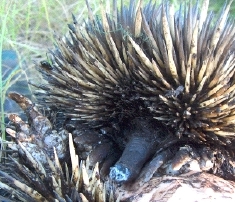 Wildlife of Australia - What makes Australia so different? Introduction to the mammals, birds, reptiles and other native wildlife groups. |
 Wildlife of the Scenic Rim and surrounds - Our region is one of Australia's biodiversity hotspots |
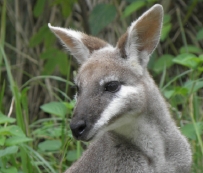 Araucaria Ecotours sightings - species we |
|
|
See below for more wildlife topics All photos by Araucaria Ecotours. Free DHTML scripts for rotating pics provided by Dynamic Drive |
|||
| Wildlife consultancies - fauna surveys, customised interpretive computer programs etc. by the Araucaria team | Wildlife conservation - wildlife conservation in Australia Sustainable wildlife tourism Araucaria's conservation projects | Wildlife behaviour : introduction and links to interesting websites | Wildlife Ecology: brief information and links to interesting websites | Wildlife Art and Photography: links to interesting websites |
|
On our tours we don't just name
animals. We introduce you to some of the
things these animals do, why they do
them, how they affect and are affected
by other animals and plants they share
the ecosystem with, and the historical
perspective of how long various groups
of mammals, birds and other creatures
have been in Australia, how closely or
otherwise they are related to animals
from other parts of the world, and the
ore recent history of human-induced
changes and what our species need if
they are to continue into the future. Of course we don't have time to go
through all of this during a tour of one
or three or even eight days, but we
provide you with a general overview and
some interesting examples of the
behavious an ecology of anials we see
(and some we don't see), and on the
wildlife overview tour you receive a
take-home copy of a book with a bit more
detail and links to other information.  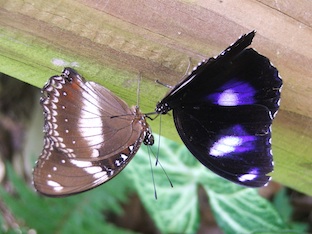  Following are some of the things we may
consider during a tour, and that you may
think about generally when watching
wildlife anywhere. Wildlife behaviour Why do animals do the
things they do? Why do animals do the
things they do?The answers usually involve staying alive (ecological needs) or contributing to the next generation (courtship, raising young):
|
||||
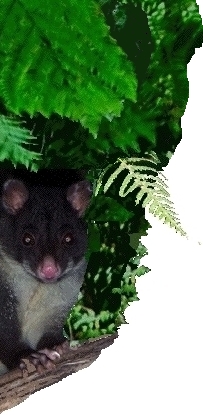
 Wildlife Ecology
Wildlife Ecology
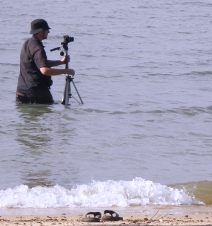 Wildlife Art and
Photography
Wildlife Art and
Photography